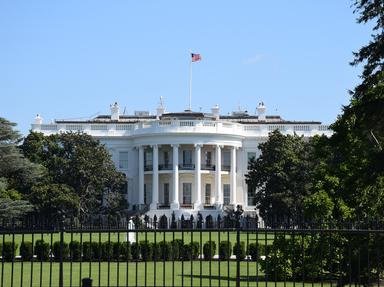Quiz Answer Key and Fun Facts
1. Who signed the Federal Judiciary Act into power in the USA in 1789?
2. How many Bills were in the United States of America's Alien and Sedition Acts signed by President John Adams in 1798?
3. Which piece of legislation in 1820 provided that Maine would remain a free state while Missouri remain a slave one?
4. What was the name of the legislation that replaced the Missouri Compromise in 1854?
5. Under the first Homestead Act of 1862, how long did new settlers to the Western territories have to reside there in exchange for free land?
6. What did the Morrill Land-Grant Act of 1862 help establish in the United States?
7. Which group of American people in particular benefitted the most from the US Civil Rights Act of 1866?
8. Also known as the Military Reconstruction Acts, what was the overall purpose of the Reconstruction Acts of 1867-68?
9. Which American President signed the Chinese Exclusion Act into law on May 6, 1882?
10. The Pendleton Act of 1883 was an attempt by the government to make sweeping changes in which administrative department?
Source: Author
Creedy
This quiz was reviewed by FunTrivia editor
stedman before going online.
Any errors found in FunTrivia content are routinely corrected through our feedback system.


